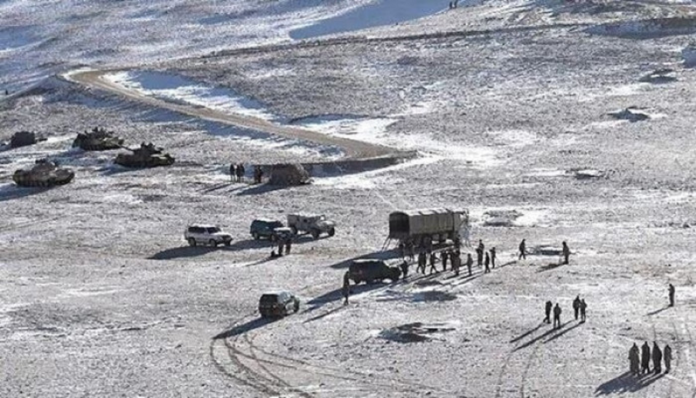China has significantly increased its infrastructure development in the disputed Aksai Chin region, according to a report by a UK-based think tank, Chatham House. Satellite images since October 2022 reveal that China has expanded roads, outposts, and modern camps equipped with parking areas, solar panels, and helipads in Aksai Chin.
The construction also includes a new heliport featuring 18 hangars and short runways, which will enhance the operational capabilities of the People’s Liberation Army (PLA) in the area. Additionally, China has expanded airfields along the Line of Actual Control (LAC) since the military standoff with India began in May 2020.
The report highlights that PLA bases connected by roads have been observed near the main standoff site, indicating a large-scale presence of Chinese forces. The Depsang plains, another friction point in the Ladakh sector, also show significant activity with visible Chinese outposts that could potentially impede Indian patrols.
In Pangong Lake, a bridge nears completion, enabling swift deployment of Chinese forces from the PLA’s Rutog military garrison to strategic mountain ridges overlooking the water body. Furthermore, the proposed Chinese G695 highway, intended to connect Xinjiang with Tibet, is expected to be completed by 2035. This highway will traverse Aksai Chin, passing through the Depsang Plains, Galwan Valley, and Pangong Tso.
The report suggests that the increased Chinese presence along the border in Aksai Chin will require the Indian armed forces to respond and match their scale for an extended period. The 2020 clash at Galwan Valley, resulting in the loss of 20 Indian soldiers, has further strained India-China relations, with the border standoff reaching a six-decade low.
India has consistently emphasized the need for resolution and normalization of ties, demanding steps to address the “abnormal” situation along the LAC. The report’s findings underscore the significance of China’s infrastructure development and the long-term implications it may have for the region’s security dynamics.
As the situation evolves, it remains crucial for both countries to engage in constructive dialogue and seek diplomatic solutions to ease tensions and maintain peace along the disputed border.



